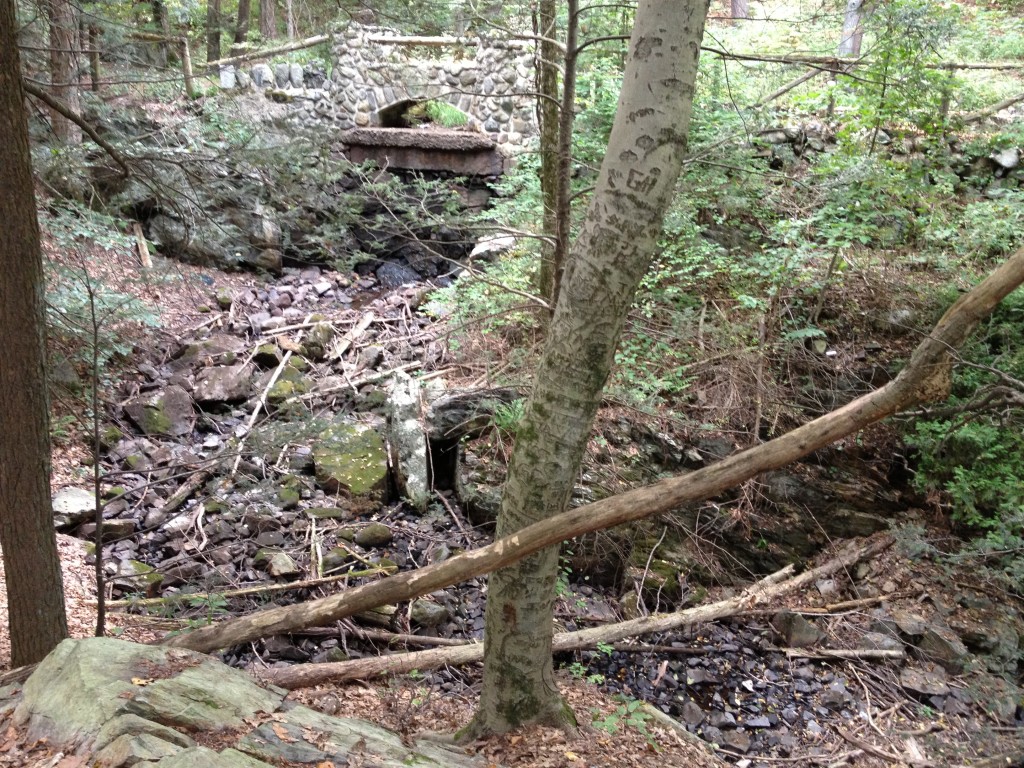by columnist Catherine Sigmond
If you’re like me, sometimes the demands of work, school, and life get in the way of actually visiting new museums. This week, I had the sinking realization that despite my best efforts, I couldn’t remember the last time I visited a new science museum or exhibition. What’s a busy museum professional to do?
I sat down and put together a list of local science museums, exhibitions, and events that I want to visit in the near future. Most of us here in Boston have been to the Museum of Science, but there are plenty of other great places in the area where you can check out interesting science-themed exhibitions and programs.
While it’s by no means exhaustive, these top my short-list of must-see local science events, exhibitions, and museums to visit this fall: Continue reading
